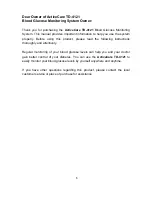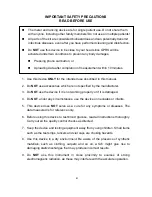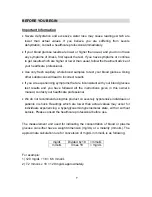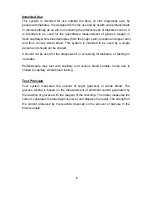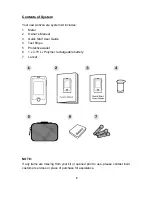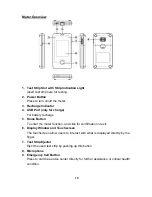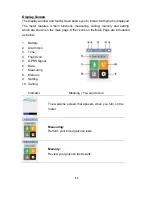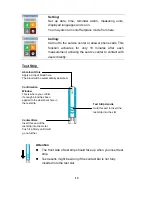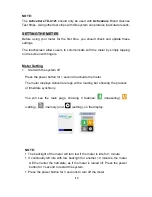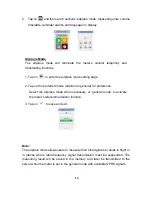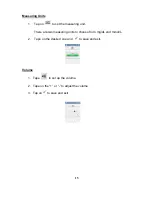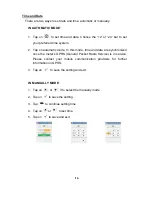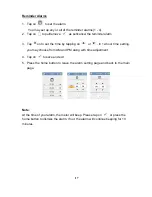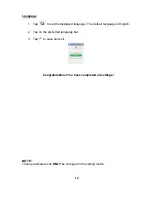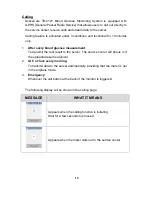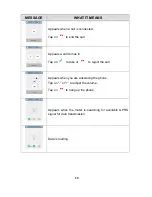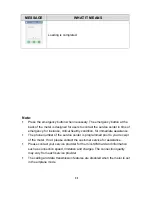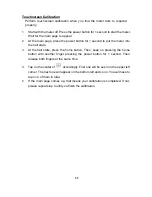
7
BEFORE YOU BEGIN
Important Information
Severe dehydration and excessive water loss may cause readings which are
lower than actual values. If you believe you are suffering from severe
dehydration, consult a healthcare professional immediately.
If your blood glucose results are lower or higher than usual, and you do not have
any symptoms of illness, first repeat the test. If you have symptoms or continue
to get results which are higher or lower than usual, follow the treatment advice of
your healthcare professional.
Use only fresh capillary whole blood samples to test your blood glucose. Using
other substances will lead to incorrect results.
If you are experiencing symptoms that are inconsistent with your blood glucose
test results and you have followed all the instructions given
in this owner’s
manual, contact your healthcare professional.
We do not recommend using this product on severely hypotensive individuals or
patients in shock. Readings which are lower than actual values may occur for
individuals experiencing a hyperglycaemic-hyperosmolar state, with or without
ketosis. Please consult the healthcare professional before use.
The measurement unit used for indicating the concentration of blood or plasma
glucose can either have a weight dimension (mg/dL) or a molarity (mmol/L). The
approximate calculation rule for conversion of mg/dL in mmol/L is as following:
For example:
1) 120 mg/dL ÷ 18 = 6.6 mmol/L
2) 7.2 mmol/L x 18 = 129 mg/dL approximately.
mg/dL
Divided by 18
= mmol/L
mmol/L
Times 18
= mg/dL



